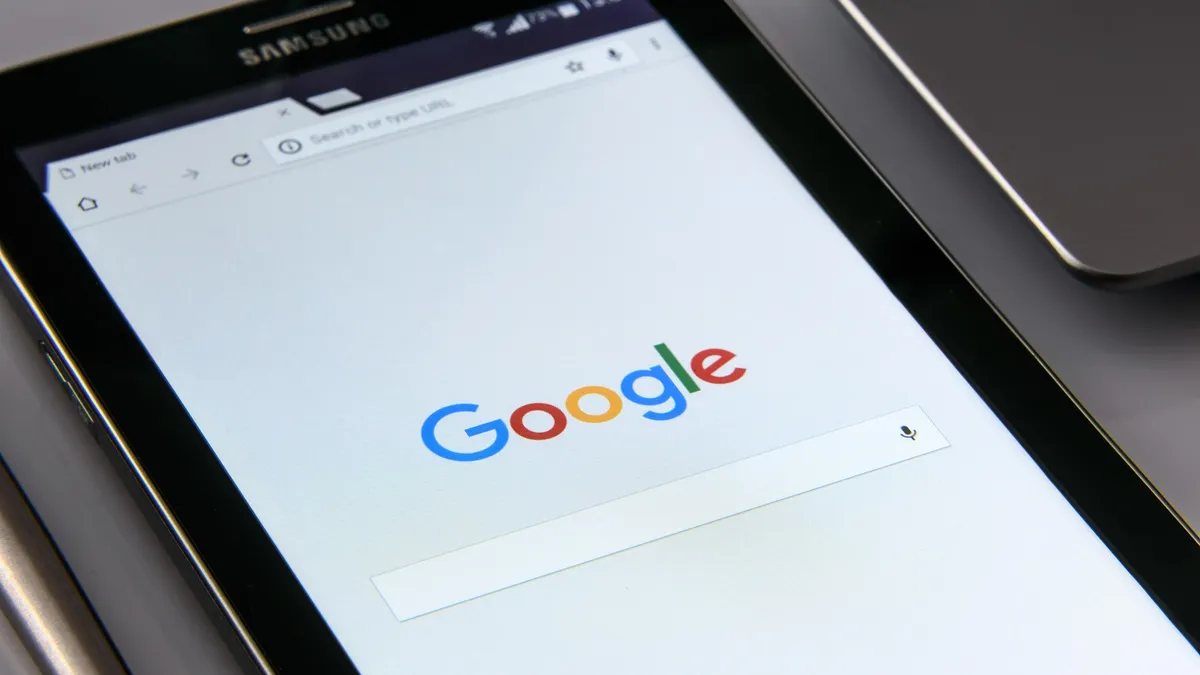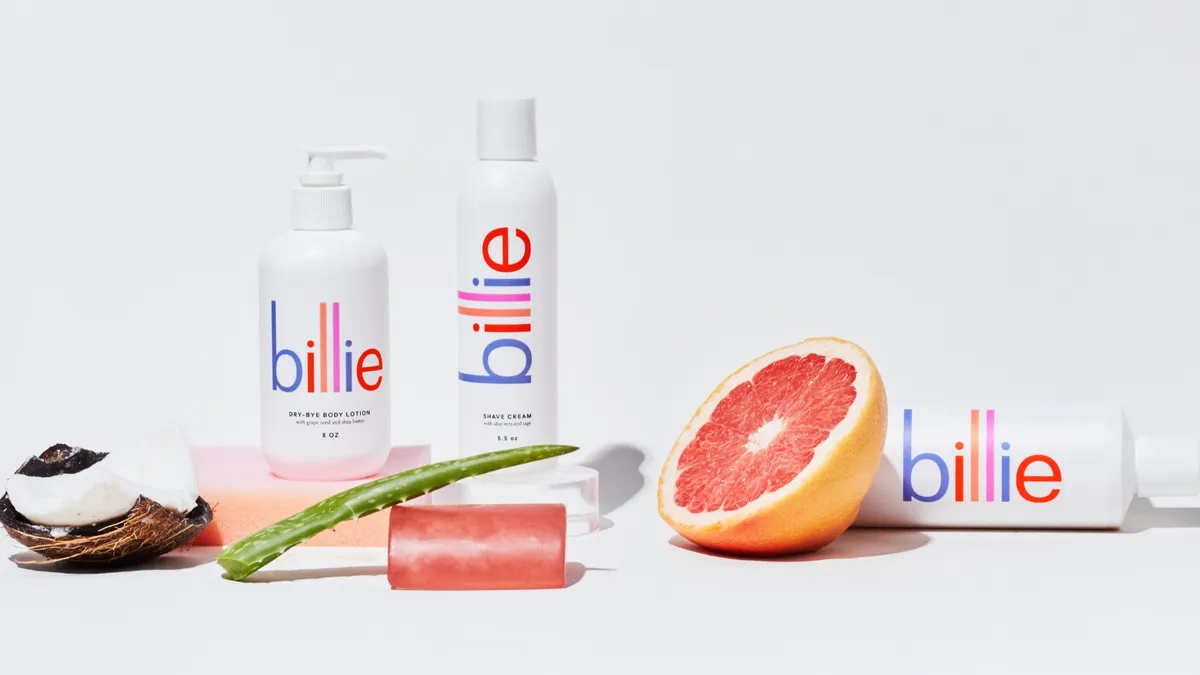Ad-blocking technology has entered the otherwise exciting holiday marketing season as a specter casting a shadow over advertisers' joyful dreams.
Putting the scope of the ad-blocking issue in perspective, a report from PageFair and Adobe found global use of ad-blocking tech up 41% this year as of June, with a projected cost of more than $41 billion next year. The problem gained even more notice when Apple’s iOS 9 was released with ad-blocking capability built into the mobile Safari browser.
Recognizing ad-blocking tech was a growing problem, the Interactive Advertising Bureau (IAB) took a stand on the issue in October with a frank assessment of its role in the growth of ad-blocking: "As technologist, tasked with delivering content and services to users, we lost track of the user experience," Scott Cunningham, senior VP-technology and ad operations at the IAB, said in a statement. “We messed up. Looking back now, our scraping of dimes may have cost us dollars in consumer loyalty."
Just this past week the IAB was joined by the World Federation of Advertisers (WFA), which issued a call to arms against ad blocking. WFA Managing Director Stephan Loerke told Ad Age, "The internet advertising experience is not satisfactory for consumers. As brand owners, we have to take a longer-term view and create an acceptable, sustainable advertising environment – not push things to people in a way that turns them off."
Some industry insiders even speculated that the media attention actually increased the use of ad-blocking software among users who hadn’t previously considered it as an option.
Ben Barokas, founder and CEO of publishing solutions company Sourcepoint, told Marketing Dive the statement from the IAB may have woken the industry up.
“While ad block has been on the industry radar for some time but many were skeptical as to the impact it could have – until recently. If we look at ad block as a symptom rather than the problem – it is going to take a number of different steps to address the underlying issues. The IAB’s efforts are a positive step forward," Barokas said.
What's more, Barokas said, is that ad blocking tech threatens to derail many holiday marketing plans. As shoppers continue do more of their shopping online, this risk is especially "true for brands trying to reach younger demographics online," Barokas explained. It's becoming "more difficult for many companies trying to find their target users."
'A symptom of a much larger problem'
But is ad blocking really something to worry about?
“The issues surrounding ad-blocking are quite real,” Barokas said. “While there can be some over exaggeration in the ad tech sector, I firmly believe that isn’t the case when it comes to ad-blocking. It’s important to recognize that ad blocking is a symptom of a much larger problem.”
The issue goes back decades. Publishers and media companies for years allowed website visitors to accept that viewing ads and consuming premium content came as a package. But at the same time marketers became more aggressive with their advertising efforts, looking to squeeze every dollar from every page view, Barokas explained. An idea in line with the IAB’s concern that advertisers have been valuing revenue over the user experience.
"Consumers have turned to ad block as a way to voice their concern and return to their preferred user experience," Barokas said.
What can be done?
With this grim picture in mind, it makes you wonder whether there is anything that can be done about ad blocking.
Barokas outlines a couple of steps that marketers should be taking during holiday marketing:
“First, they need to double down on their efforts to focus on quality of creatives,” he said. “Think about ways to engage your audience, and develop compelling campaigns that speak to [your target audience].”
“Secondly, there needs to be an open dialogue with media partners about ways to engage audiences that have already installed ad block. There are technologies that enable publishers to engage these users at scale, and these platforms can provide incremental benefits to marketers looking to connect with these users,” he said.
Knowing that on the Internet, timing is everything, brands can also engage their audience, leveraging user-generated content to propel their conversations and build trust among an otherwise ad-skeptical group.
Going forward
Looking ahead, what is the future of ad-blocking?
One result of ad-blocking will be a push for marketers to develop more compelling creatives, but Barokas adds a caveat to that: unknowns with mobile ad-blocking could have major potential impacts on digital advertising.
He explained, “If the release of iOS 9 attracts a broader range of ad-block users there could be significant impact to marketers as it becomes more difficult to reach consumers across demographics. Also, if the concept of network level ad-blocking grows – where wireless carriers deploy ad-blocking solutions – marketers could also face hurdles in reaching a greater number of consumers across a wider range of demographics.”
At least for now, ad blocking is not going away by any stretch of the imagination. It’s an issue that's hit publishers, ad tech firms and marketers alike, and the best way for marketers to attack ad blocking is to develop compelling creatives, as well as putting the consumer’s user experience first when dreaming up campaigns.
"This might seem obvious, but as an industry, we may have lost sight of this over the past few years," Barokas said.


















